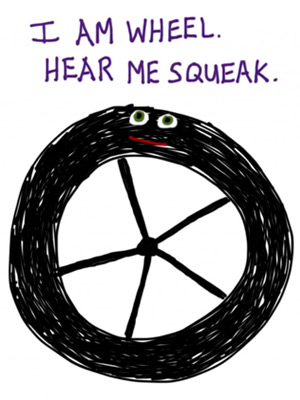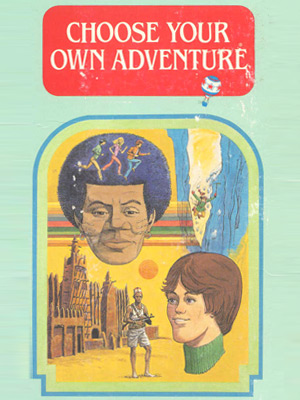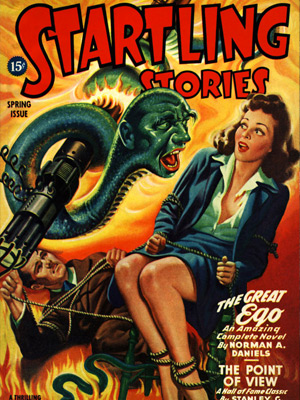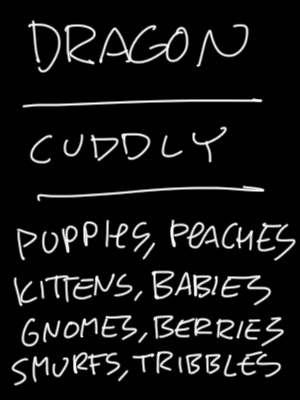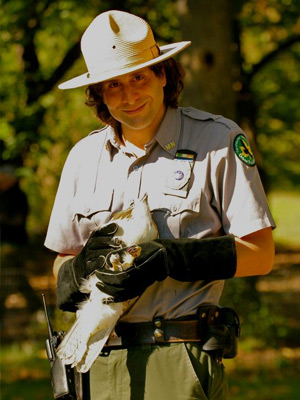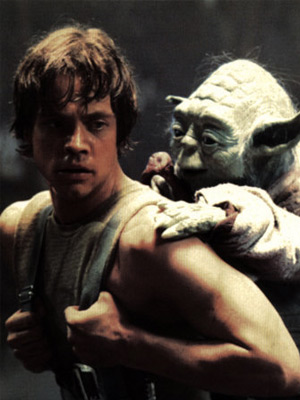There’s a time and place for taking the scenic route but when you’re working on a deadline or looking to make progress fast you need to take big steps. Nothing will get you where you’re going faster than opening up your stride, focusing on your goal and thinking less about the details. Put ten people in a room and ask them to imagine a running cheetah and they’ll each imagine it differently. Design is same way. You can discuss an idea all day but no one in a meeting will be imagining the same thing until they can experience it firsthand.
In the initial stages of a project try pushing beyond your comfort zone. Get the big ideas out of your head so you and your team or clients can react to them. Move fast. It’s great if you’ve taking a step beyond what anyone was expecting because people will be in a better position to articulate their values. You’ll learn what people like, you’ll learn what they don’t like and you might just surprise everyone with something no one expected.
Small steps will take you longer to reach your destination. You might get the same result with tiny, iterative steps but it’ll take you longer to reach your destination and you risk getting stuck fixating on details too early in the process. Nothing kills energy for a project like micromanaging and endless revisions.
Once you’ve established the direction and your group has a shared set of values you can shorten your stride and shift focus to the details.






